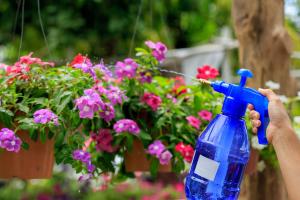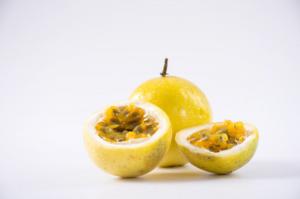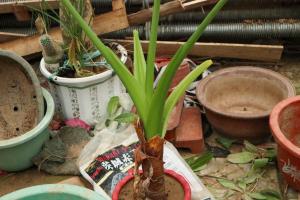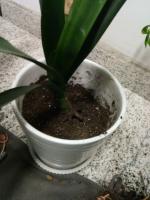How to Water Air Plants Glued onto Wood
Air plants are unique plants that don’t require soil to grow. Instead, they absorb all the nutrients and moisture they need from the air. As a result, air plants make excellent house or office plants, as they require very little maintenance. If you’ve got an air plant glued onto a piece of wood, it’s important to know how to water it properly, so it can grow and thrive. Below are some tips on how to water air plants glued onto wood:
1. Soak Your Air Plants
One of the easiest ways to water air plants glued onto wood is to soak them. You can do this by taking the air plant and its attached wood and submerging it in a bowl of water. Make sure the water is at room temperature and that the air plant is fully submerged. Leave the plant to soak for about ten minutes. Once the time is up, carefully remove the plant from the water and hold it upside down to let the excess water drain.
2. Mist Your Air Plants
Another way to water air plants is by misting them. Simply use a spray bottle filled with room temperature water and spray the air plant lightly, making sure it’s evenly coated. Because air plants absorb water through their leaves, misting can be an effective way of getting moisture to the plant. You can mist your air plant glued onto wood once or twice a week, depending on how dry your home or office is.
3. Indirect Light is Best
Air plants don’t need direct sunlight to grow – in fact, too much direct sunlight can damage their leaves. Instead, place your air plant glued onto wood in a spot where it can get plenty of indirect light. A bright room with lots of windows can work well, as can a spot near a window that doesn’t get direct sunlight. If you notice that the leaves on your air plant are turning brown or yellow, it may be receiving too much direct sunlight.
4. Let Your Air Plant Dry Completely
After you’ve soaked or misted your air plant glued onto wood, it’s important to let it dry completely. Air plants need between four and six hours of air circulation after being watered, so make sure to hang your plant in a well-ventilated area. A good rule of thumb is to water your air plant in the morning so it has plenty of time to dry before nightfall. If your plant stays wet for too long, it can develop rot or other fungal diseases.
Conclusion
Air plants glued onto wood can make beautiful, low-maintenance additions to your home or office. By following these tips, you can make sure your air plants stay healthy and continue to grow. Remember to soak or mist your plants regularly, give them plenty of indirect light, and let them dry completely before watering again. With a little bit of care and attention, your air plant glued onto wood can thrive for years to come.

 how many times do yo...
how many times do yo... how many planted tre...
how many planted tre... how many pine trees ...
how many pine trees ... how many pecan trees...
how many pecan trees... how many plants comp...
how many plants comp... how many plants can ...
how many plants can ... how many plants and ...
how many plants and ... how many pepper plan...
how many pepper plan...






























